In high-frequency oral care devices, unexplained taste alteration during or after use is an increasing concern. Surprisingly, recent engineering investigations suggest that sync disruption within device control systems might be a hidden driver behind this sensory side effect. Could this be a minor tech glitch, or is it a critical product design oversight? Understanding this connection is key for manufacturers seeking to eliminate customer complaints and enhance product safety.
Sync disruption refers to the loss of synchronized control between various functional components in electronic oral care devices, including:
Typical causes of sync disruption include:
While often overlooked, these disruptions directly alter how energy, fluids, or light are delivered during use.
Though seemingly unrelated, taste alteration can indeed stem from sync disruption, through several pathways:
Thus, unstable device control impacts the chemical and sensory environment within the mouth, resulting in distorted taste perception during or after use. Company web:https://www.powsmart.com/product/electric-toothbrush/
Based on manufacturing reports, devices particularly at risk include:
In these multi-system products, poor electronic control integration increases the chance of sync disruption leading to taste alteration.
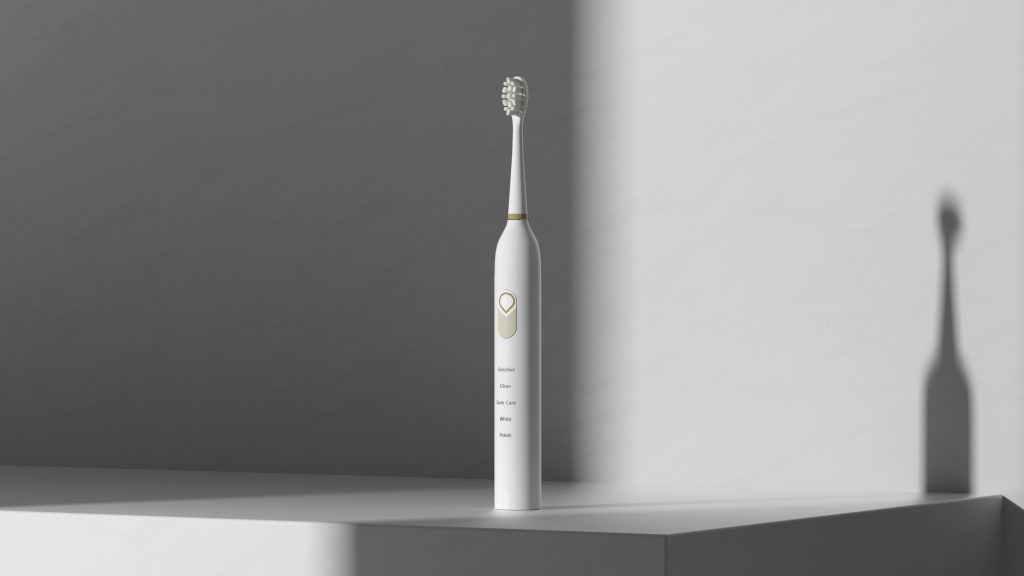
Typical design and production issues contributing to the problem include:
These result in devices operating out of sync, destabilizing both mechanical and chemical delivery.
To prevent sync disruption and the resulting taste alteration, manufacturers should implement:
Additionally, conducting synchronization stress tests during QA ensures consistency under varying operating conditions.
From a B2B procurement perspective, resolving this issue offers distinct advantages:
Proactive mitigation of sync-based taste alteration becomes a competitive advantage.
Is taste alteration caused by sync disruption simply a tech glitch? Evidence suggests it is a genuine design flaw rooted in control system instability. For oral care manufacturers, treating synchronization as a core quality parameter—rather than a secondary control feature—is critical to ensuring consistent product performance and consumer satisfaction. Contact us
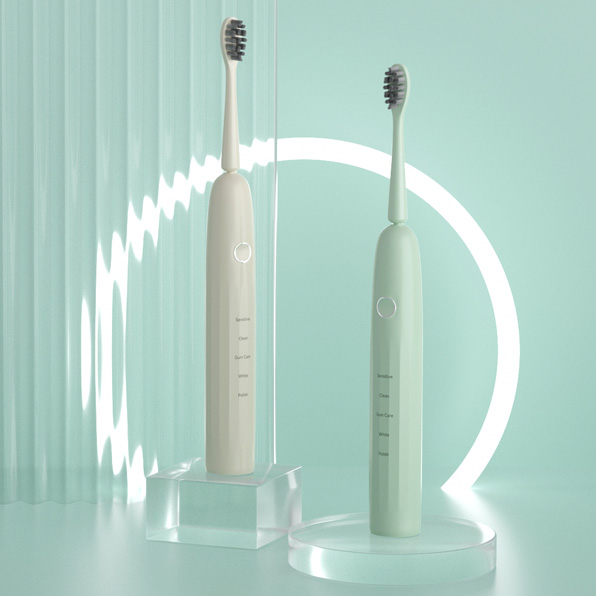
Is a One-button toothbrush truly a Pune simple toothbrush for seniors?
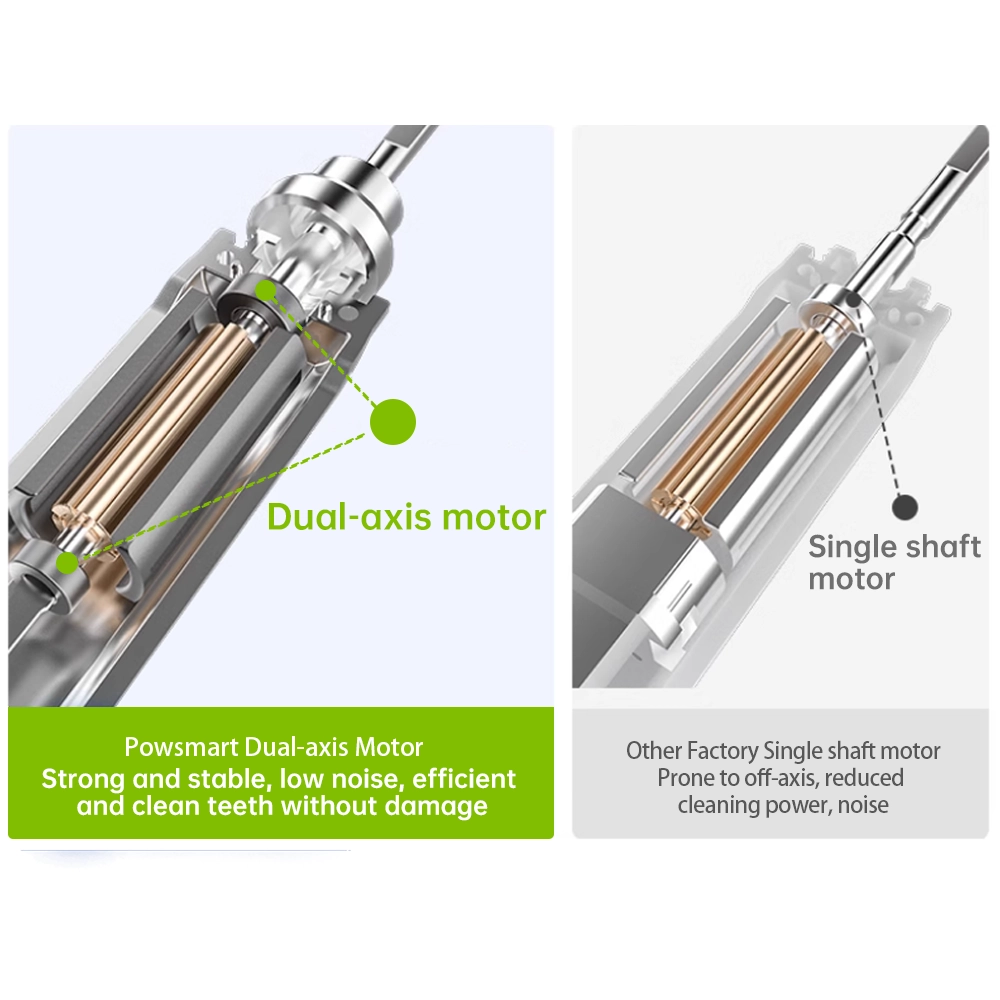
Electric Toothbrush Motor Failure: Common Causes & Solutions
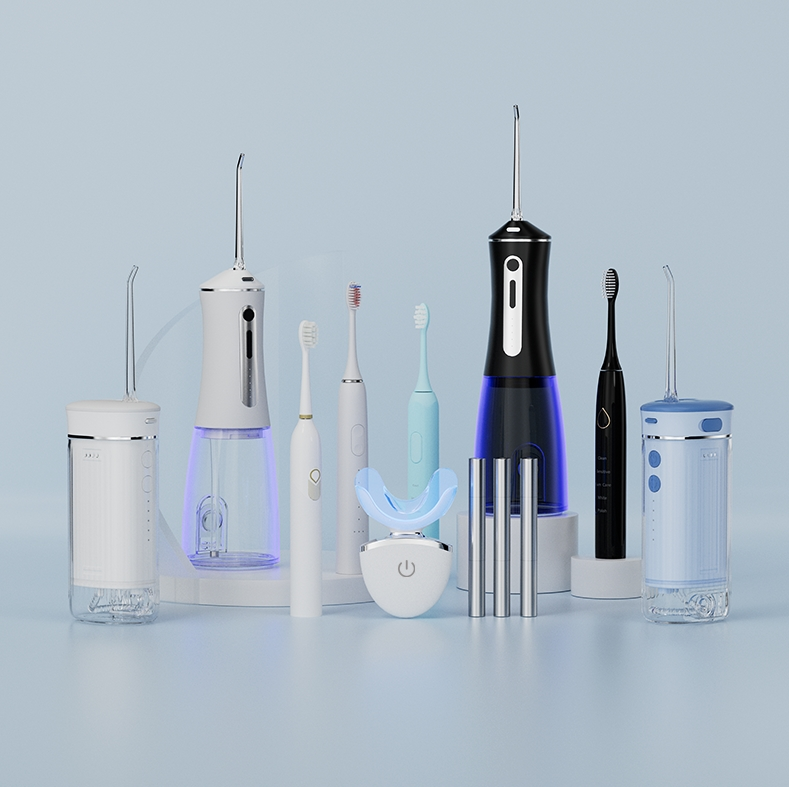
How Can Oral Care Products Achieve Both Compliance and Good Appearance?

Electric Toothbrush & Water Flosser Combination Set: How to Increase the Average Transaction Value through Scenario-Based oral care products Design?
.jpg)
How does wireless inductive charging technology make charging simpler and more elegant?
1-scaled.jpg)
The Growing Demand for At-Home Teeth Whitening & What It Means for Brands
Corporate Gift Electric Toothbrush Wholesale | Premium Business Gifts
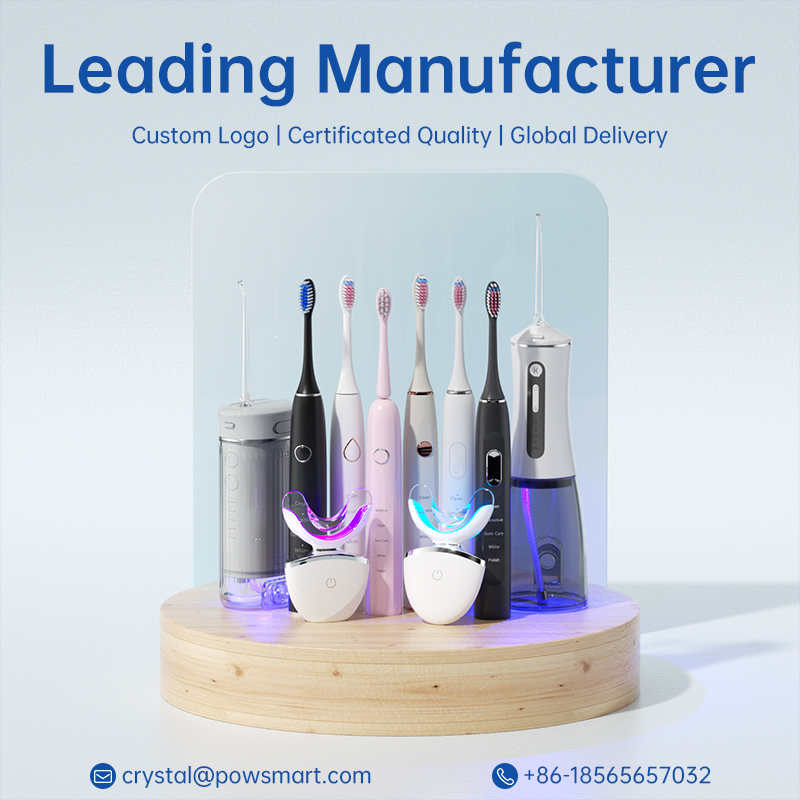
Why Does My Electric Toothbrush Randomly Turn On? Manufacturers Explain the Causes
.jpg)
Why is Sonic technology essential for a Kids toothbrush?
Smart Toothbrush for Tech Professionals
.jpg)
Water Flosser Leaking Solutions: Troubleshooting Guide From The Factory
.jpg)
How to support dental charity? Free clinics in Kirkland
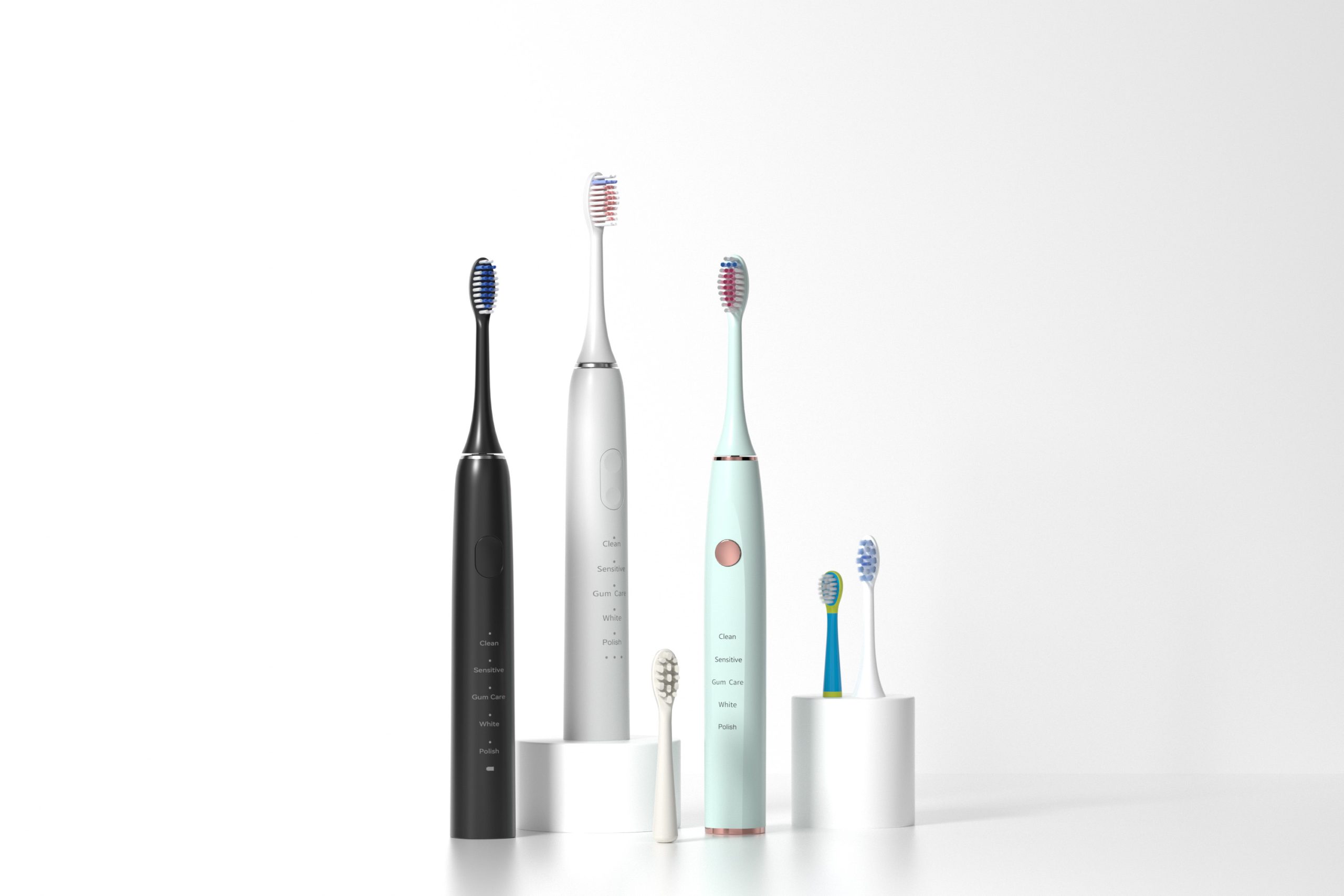
San Diego Military-Grade Durable OEM Electric Toothbrush Suppliers
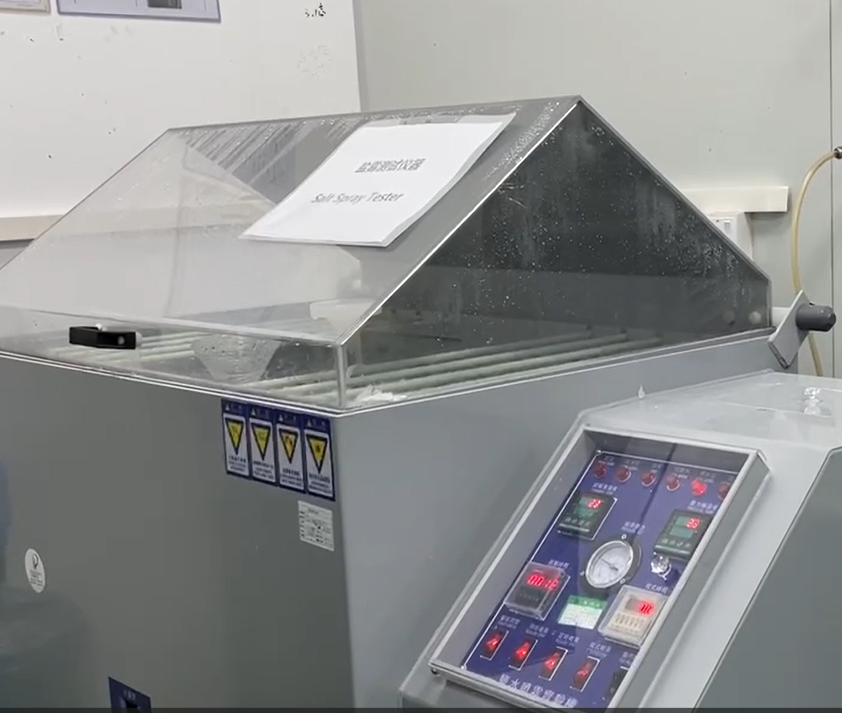
How Waterproof Technology Patents Enhance the Competitiveness of water flossers?
Mode Confusion Worsening Runtime Shortening – Fixable?
Does UV Sterilization Risk Outweigh Travel Case Defects?

electric toothbrush heads Regular Clean

electric toothbrush heads Deep Clean

Customization Teeth Whitening Gel

Electric toothbrush heads Charcoal Infused-Diamond
.jpg)
Florida Electric Toothbrush – Powsmart PTR-C8

electric toothbrush heads Ultra Soft

Private Label Whitening Gel

electric toothbrush heads Charcoal Infuse-Round
whstapp
whstapp
National Toll-Free Service Hotline
+86 755 86238638